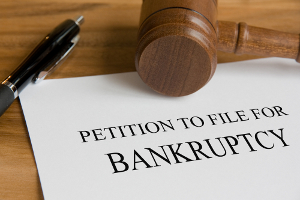 Chapter 7 bankruptcy allows debtors to discharge many types of debts. Some debts are always discharged. For example, unsecured claims like credit cards, medical bills, and pay day loans are automatically discharged, which means the debtor is no longer liable for the debt.
Chapter 7 bankruptcy allows debtors to discharge many types of debts. Some debts are always discharged. For example, unsecured claims like credit cards, medical bills, and pay day loans are automatically discharged, which means the debtor is no longer liable for the debt.
Secured claims are treated differently. Secured claims are protected by collateral. The bankruptcy may discharge the personal liability of the debtor but it doesn’t remove the lien on the vehicle. After the bankruptcy case is closed and the automatic stay is lifted, if the debtor doesn’t continue to pay the car note then the lender will repossess the vehicle. The lender isn’t collecting the debt from the borrower. The lender is enforcing their lien against the vehicle. The vehicle is then sold and the proceeds are applied toward the amount needed to satisfy the debt. The lender cannot recover any remaining balance from the debtor.
A bankruptcy filer may need to file Chapter 7 bankruptcy because of significant unsecured debt but they may also need to keep their vehicle. In this situation the debtor can choose to reaffirm the debt or redeem the vehicle. Reaffirming a debt allows the debt to survive the bankruptcy discharge. It is a new agreement signed by the parties and approved by the bankruptcy court. These agreements usually restate the original contract terms, but on occasion the terms of the loan can be reworked to the benefit of the debtor.
Redemption allows the debtor to pay the value of the vehicle as satisfaction of the debt. The payment must be made as a lump sum and property of the bankruptcy estate cannot be used to make the payment, which means that the debtor must either use exempt property or obtain the funds from a third party. Most debtors don’t have the money to pay off a vehicle claim in this way, so motions to redeem are not common. When a debtor does wish to redeem property then a motion to redeem must be filed with the bankruptcy court.